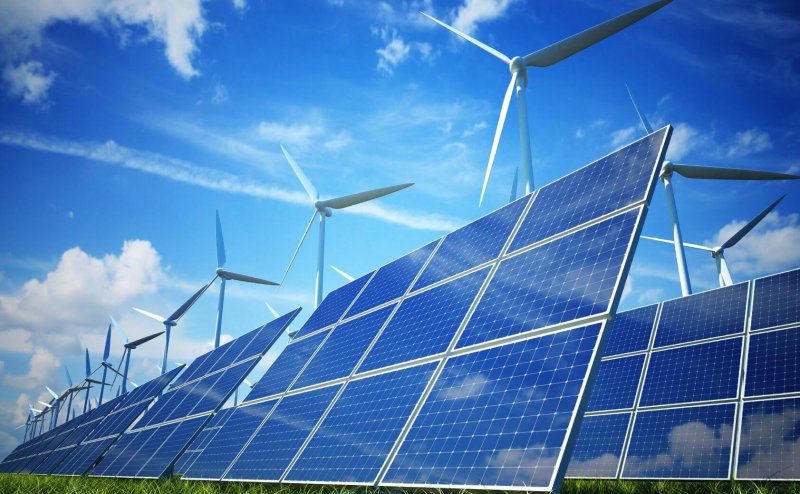
KYIV. April 29 (Interfax-Ukraine) – The key innovative ideas for the Ukrainian energy sector are construction of solar power plants and wind farms with synchronous boosting of maneuvering power capacities in the form of combined cycle gas turbine (CCGT) plants and energy storage units, businessman Konstantin Grigorishin, who owns a number of regional power supply companies and power engineering enterprises, has said.
“In next 20 or 30 years we should build… from 7 to 10 gigawatts of CCGT plants. We should synchronously build wind farms – from 1 to 2 gigawatts a year, as well as solar [power plants] – also 15-20 gigawatts. At the same time today we should test energy storage units launching local production,” the businessman said in an interview with the Energoreforma (Energy Reform) resource of Interfax-Ukraine.
He said that the current structure of the Ukrainian balance of energy is out of date.
“It [the balance of energy] consists of hydrocarbons (oil and gas), coal, nuclear fuel, hydroelectric power and some solar and wind units. If today the share of “green” energy in the country’ balance is no more than 1-2%, in developed countries it is larger, and in the prospect of 20 or 30 years it is at least 50%,” he said.
He said that today in over 50 countries solar and wind power is the cheapest, being 3 or 4 cents per kilowatt hour (kWh) in the United States and around 4 cents per kWh in England.
“The “green” energy technologies are changing so quickly that the cost of the installation of new facilities will be reduced and their efficiency would grow. Finally this would result in the large cheapening of electricity,” the businessman said.
He said that construction of “green” energy facilities in Ukraine would be profit-making at the price of around 5 cents per kWh, while the current price of over 10 cents is too high.
“Even if we finally annul the Rotterdam+ formula, with the current capital rate the cost of coal-burning energy would exceed 10 cents, taking into account operation costs and cost-effectiveness of business,” he said.
Grigorishin said that even with the reduction of the capital cost from 10% to 5% the investment element will be at least 3-4 cents plus the cost of emissions and the cost of coal, operation costs.
“It is unlikely that the price of electricity generated from coal burning will be less than 8-10 cents. Today the world is using only old units that have been built letting them generating electricity if they exist,” he said.
He said that for nuclear energy, the completion of two reactors designed in Russia could be discussed. It could cost $2,000-3,000 per kWh, but due to the politics this option is not good.
He said that pumped storage units lost their effectiveness.
He said that the problem could be solved via the introduction of CCGT plants.